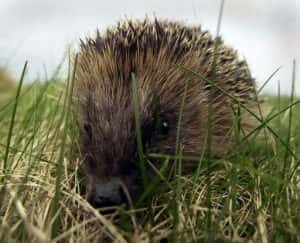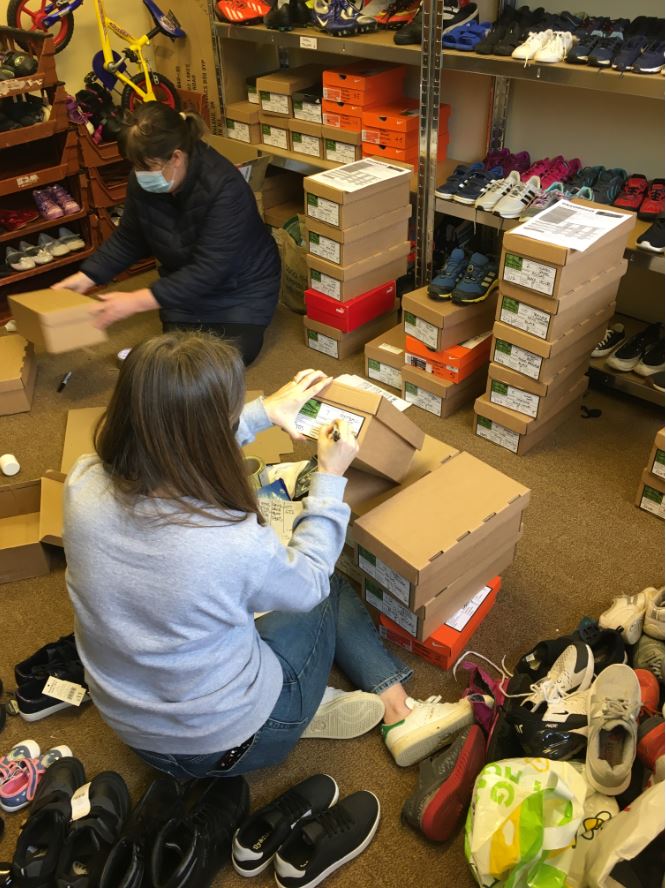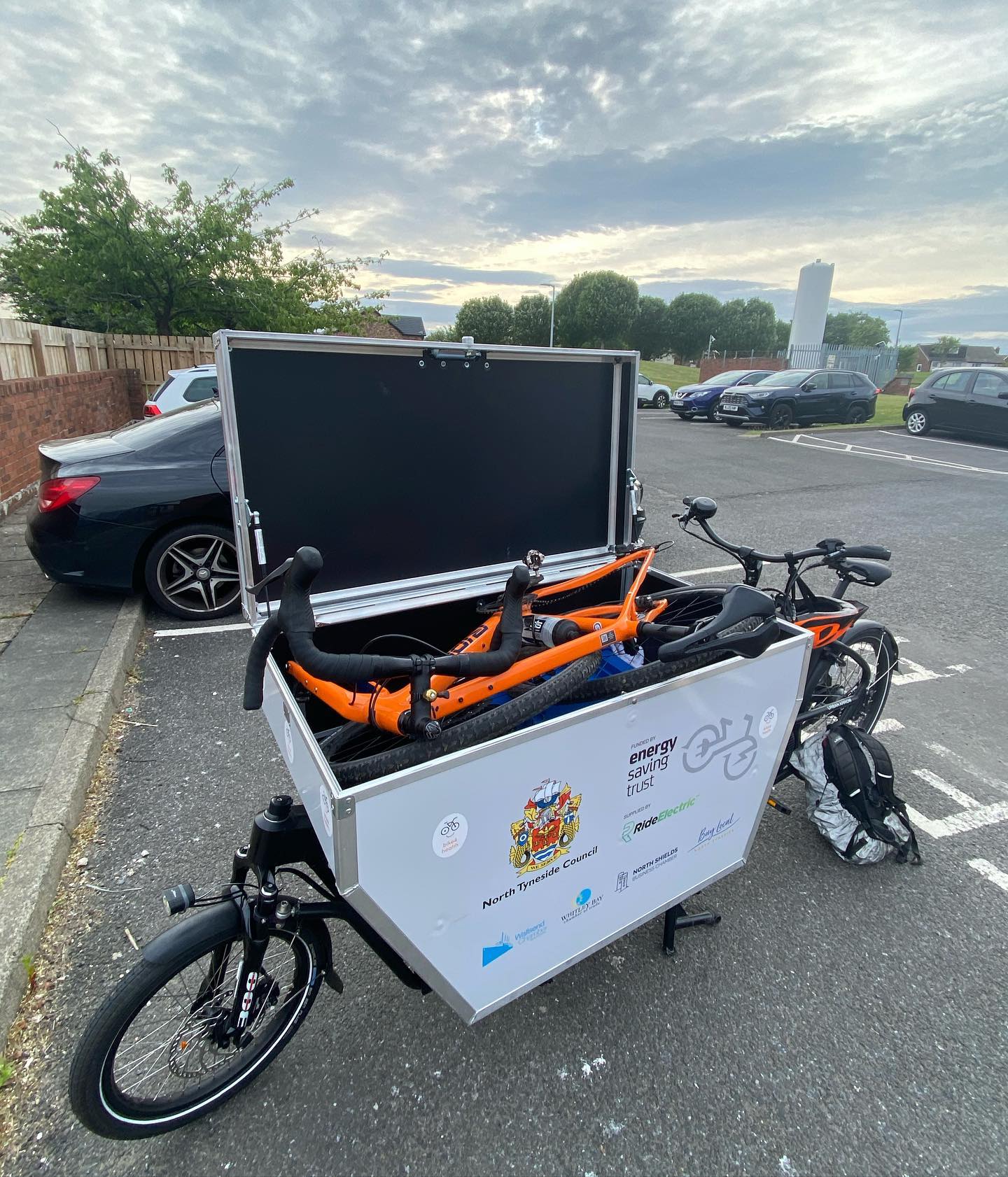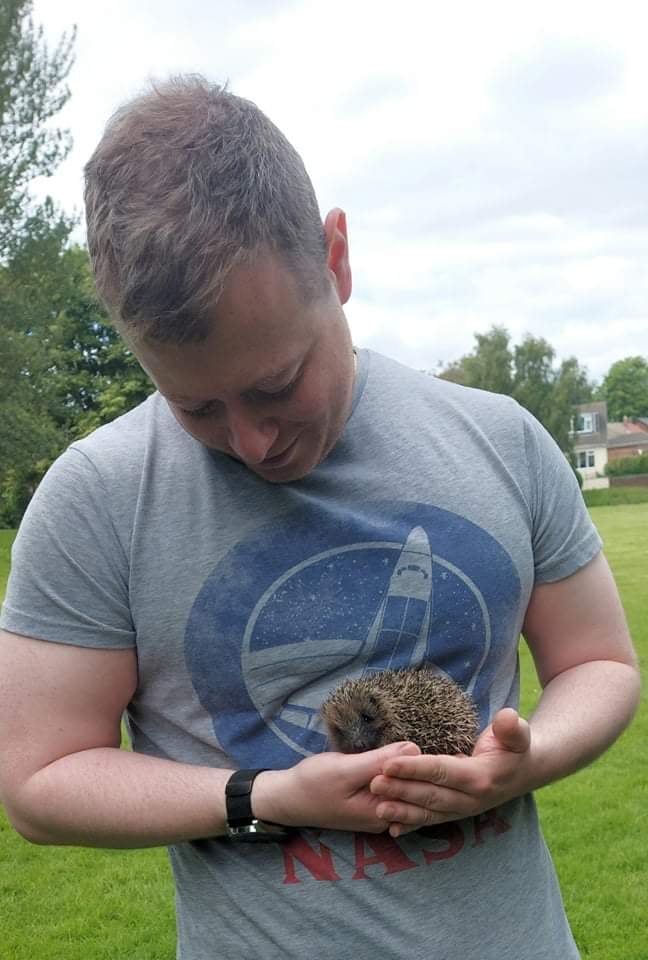
MORE than 300,000 hedgehogs may be dying on UK roads, according to researchers at Nottingham Trent University – just as organisations including University of Sunderland are backing a campaign to preserve their numbers.
The number of deaths has increased from around 100,000, and raises concerns about the already dwindling hedgehog population, which has declined by 97% to roughly one million since the 1950s.
Charlotte Riley, from the UoS Hedgehog Friendly Campus project, told us today: “I can’t say that I am shocked, to be honest, that the number [of hedgehog deaths] is that high.
“We know hedgehogs are moving into urban areas because of the destruction of their natural countryside habitat.
“Therefore, it is inevitable when we don’t have hedgehog highways and when we don’t leave food for them, that they will venture further and further away, which increases the chance of them having to cross a road.
“It is so common to see hedgehogs dead at the side of the road and people don’t really realise there is an alternative – which is why we have this project, which is about making the world a safer place for hedgehogs.”
Autumn is the time of year when hedgehogs are more likely to be out and about as they feed before hibernating for winter.
Charlotte was keen to stress how you can spot hedgehogs on the road: “It is likely to be in the evening that hedgehogs are out and about, because they are nocturnal, and usually they will come out at roughly sunset.
“At this time of year they are generally foraging to stock up for their hibernation, which means it is likely that they are going to be looking for food further afield.
“As a driver, just keep your lights on, look for glints from their eyes and be mindful that there might be something small on the road.”
While hitting a hedgehog is almost unavoidable at times, there are ways in which road users can help save them if they are still alive after a collision.
“If you happen to see an injured hedgehog, stop and contact somebody, for example, the British Hedgehog Preservation Society,” she said.
Charlotte added: “They can be rehabilitated, so don’t just leave them if they are alive but struggling, because they could survive. Don’t pick them up though without gardening gloves, as you might be pricked!
“But if you do see a struggling hedgehog, put it in a box with an old towel or fleece. Feed it water and cat or dog food if possible; they are lactose-intolerant – so no milk!”
This time of year will also see people light bonfires, and Charlotte was keen to stress the potential dangers to local wildlife when creating one.
She said: “Bonfires are important to consider at this time of year, and I would implore anyone who is going to host a bonfire to double-check before they set it off, to see if there is a hedgehog in there.
“They would naturally use the materials for a bonfire as a shelter, so they could be sleeping in a pre-lit bonfire potentially. So before lighting, please check that there are no animals in your bonfire.”
The UoS Hedgehog Friendly Campus project will host its first meeting on November 3 at 4pm, and is making steady progress with members already joining the team. If you want to get involved, use this link – and use the code 192
“We will have someone from the Hedgehog Preservation Society there to talk to people at our first meeting,” Charlotte said.
“We have already ticked off some of the tasks we need to start with, but now we need volunteers to help us take it one step further.
“We will be running a litter-pick at some point, and we want to work towards building hedgehog highways.”
If you are interested in finding out more about the UoS Hedgehog Friendly Campus, contact Charlotte Riley at: bh19fr@student.sunderland.ac.uk.



